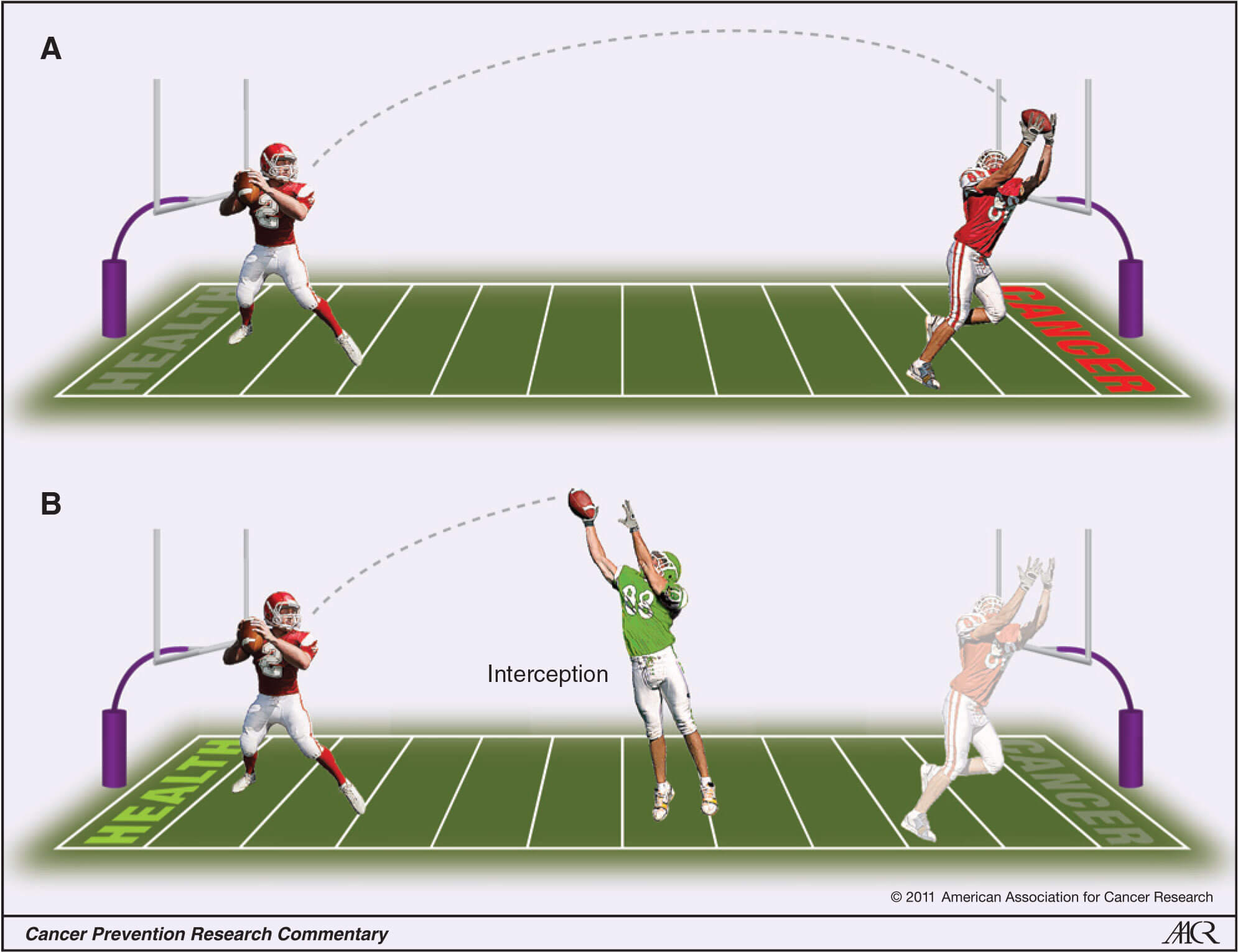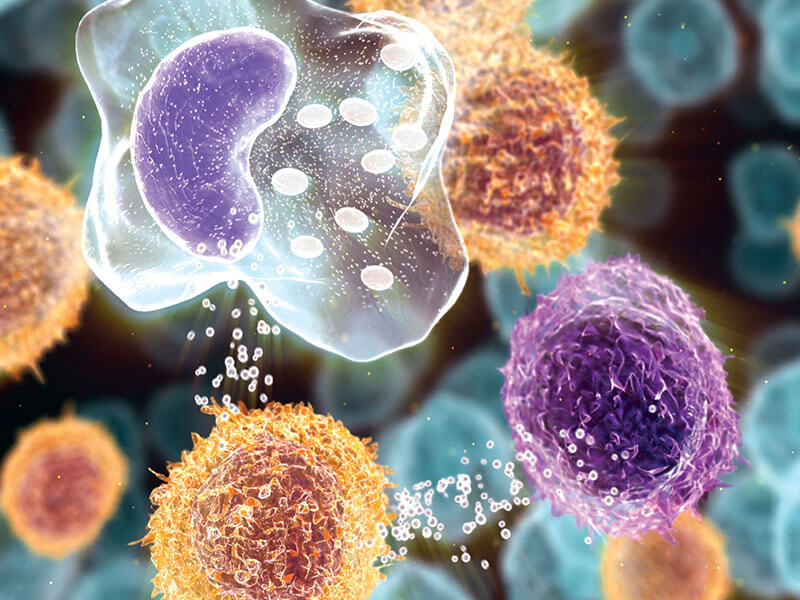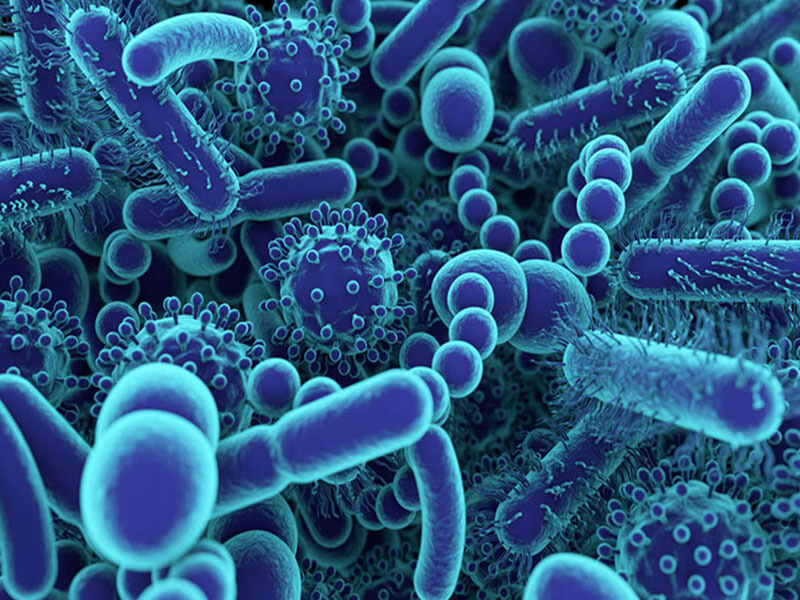What is the best strategy for fighting cancer? The most ideal situation is undoubtedly one in which it is possible to prevent its development. And prevention is not only a passive process, such as avoiding tobacco smoke to prevent lung cancer. In fact, cancer can be intercepted at any point before the development of advanced disease by a new, active approach – the same as that adopted to fight cardiovascular diseases: monitoring the factors that promote their development and acting on them (as it is done with blood pressure and cholesterol levels). In this way, it is possible both to identify situations of increased risk and to evaluate the effectiveness of treatments aimed at prevention.
The expression “cancer interception” captures the idea of actively intercepting cancer development before the advanced disease presents in the clinic.
The innovative strategy developed by the experts of the Bioscience Institute aims precisely to capture the causes of the increased risk of developing a tumor. In this way, it is possible to really prevent cancer, in contrast to the approaches aimed at early diagnosis. In fact, the latter do not detect an increase in the risk of cancer, but the presence of a tumor mass which, although in the preliminary stages of its development, is already present.








